You are here
The Elkhorn Crest Trail runs for 23 miles along the entirety of the Elkhorn Mountains, excluding detours to backcountry camps in the lakes basin that you won't want to miss along the way. It was established as a national recreation trail in 1979 to allow backpackers, day hikers, mountain bikers and horsepackers a chance to experience this truly beautiful section of Northeastern Oregon. The route can be hiked in either direction, but this adventure starts at Marble Pass and proceeds north to the trailhead at Anthony Lake. There are two reasons for going this direction. First, it means less climbing is required while hiking the trail. Second, it means you can arrange a shuttle from Anthony Lake to the trailhead at Marble Pass and avoid having to drive what is one of the more poorly maintained and rough forest roads you'll find in Oregon.
The Elkhorn Mountains have two distinct geologic areas, which provides for an interesting experience while hiking the trail. From Marble Pass until Summit Lake, the ancient red and black rock is interspersed with a type of quartz called chert that, according to Oregon geologist Ellen Morris Bishop, is composed from the skeletons of single-celled marine animals called radiolarians. The northern section of the trail, from Summit Lake to Anthony Lake, is granite broken in large slabs and hard angles. These rocks and peaks, once a seabed, are now hundreds of miles inland and, through tectonic plate compression, have formed the mountain range that reaches over 9,000 feet. The Elkhorns were rich in gold, and many mines operated on the mountainous slopes and were active up until the 1980s.
The trail follows the ridge across the Elkhorns, and there are no springs or streams to refill water between the lakes basins, which all lie about a mile off the main trail. Most backpackers opt to take three days and two nights to complete the trail, stopping at Twin Lakes the first night, hiking the 11 miles the next day to Summit Lake, carrying all the water they need along the way, and hiking out via Angell Pass the final day back to Anthony Lakes Trailhead. Lost Lake, Dutch Flat Lake and Meadow Lake are also good options for staying a night if you have more days to spend in the mountains or want to split up the mileage in a different way.
By hiking a mile past the junction to Twin Lakes, hikers can scramble up the rock and scree to Rock Creek Butte via it's west face to reach the high point of the Elkhorns at 9,106 feet and sign the summit register kept on the rock cairn. Some backpackers also choose to summit Elkhorn Peak, which is slightly lower in elevation and which has more loose rock to navigate to the top. Neither of these routes are marked or on an established trail. Otherwise, the trail is well marked by signs throughout, but be sure to bring a good map and plan for water along the way.
Wildflowers bloom in volume once the snows melt in July. Aster, paintbrush, lupine and many other colorful wildflowers are abundant until the end of August. The southern sections of the range are sparsely forested with whitebark pine, and the northern granite is more densely wooded with lodgepole pine, again lending to a very different environment along the same mountain crest. The Oregon Department of Fish and Wildlife re-established mountain goat populations that have flourished in the Elkhorns. While camping at lakes, these can be quite a nuisance to backpackers. Be sure to hang your food, and do not urinate near the goats or in your camp as they are very attracted to the salt content in human urine. Salt on sweaty clothing can also be an attractor, so be careful where you hang clothing to dry after a hot day of hiking. Elk, deer, coyotes and numerous types of ground squirrels are also abundant in the area. Black bear and mountain lions are also found in the area but are rarely seen.
If you do plan to use a shuttle to get to the Marble Pass Trailhead, you can arrange it with Pat and Elisha Thomas from Range Tour and Shuttle. They can be reached by phone at 541.403.2616. Pat also guides mountain biking trips along the Elkhorn Crest Trail and is a very knowledgeable local guide who spends countless hours doing trail maintenance in the area under a contract with the Forest Service. Another option for the Elkhorn Crest Trail is to hike in and out from the Anthony Lakes Trailhead and stay at the various mountain lakes in the area along the way.

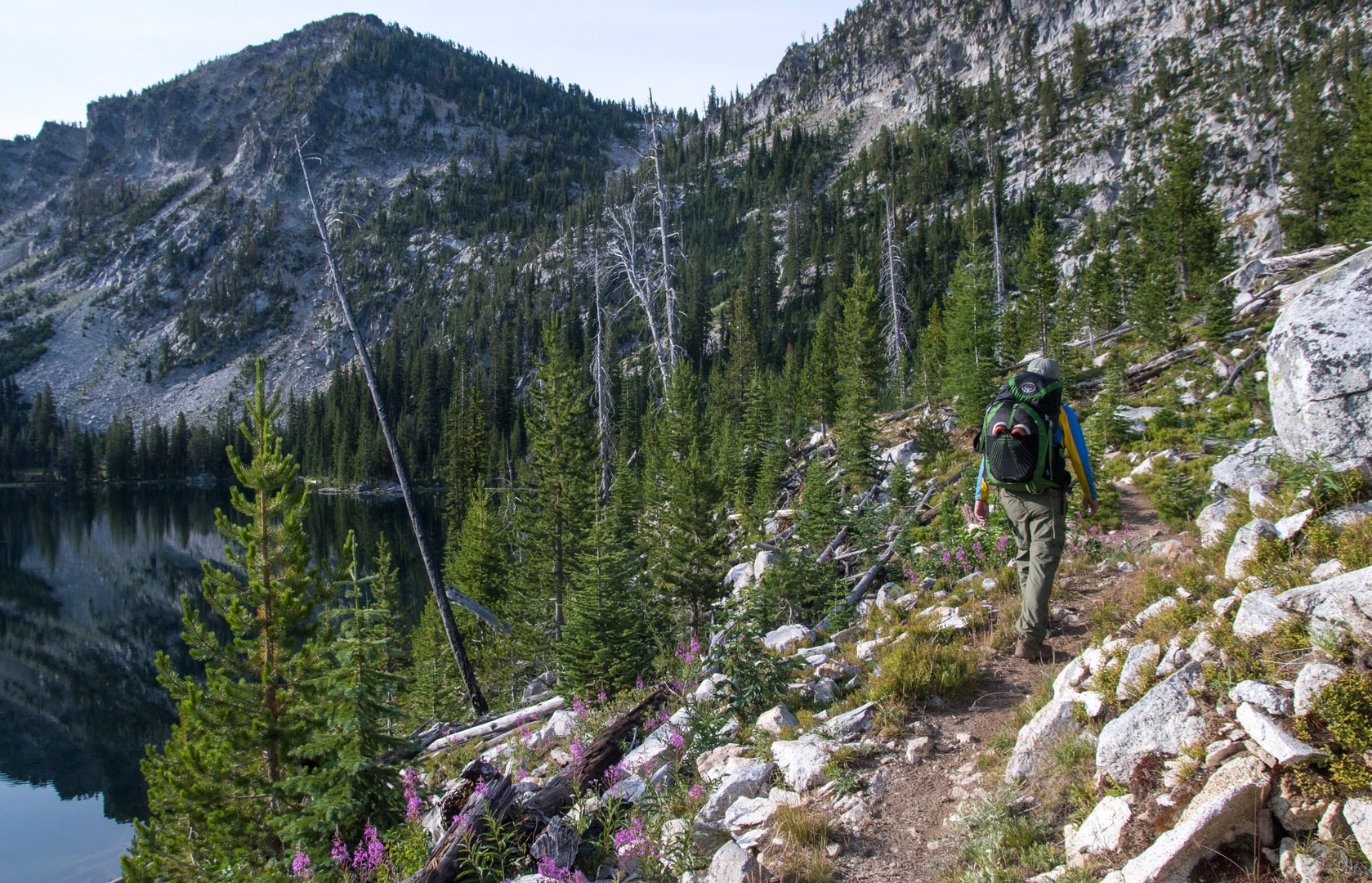

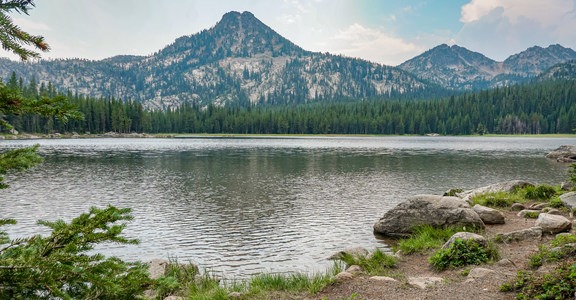
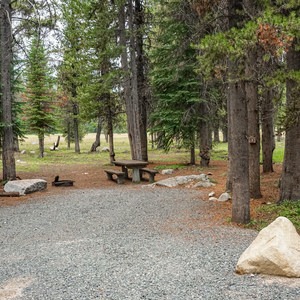
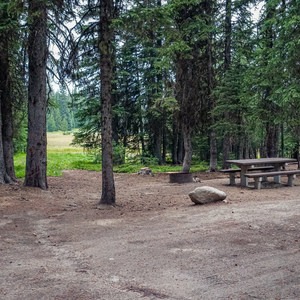

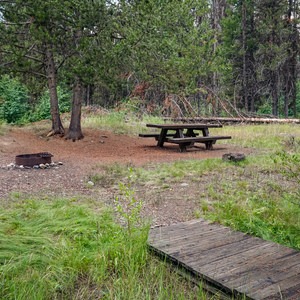



Comments
Sign In and share them.